Types of grab bars for disabled

Bathroom for the Disabled or Bathroom for the Elderly or people with limited mobility must meet specific requirements. These include, among others, sufficiently large maneuvering space for a wheelchair; installation of doors for the disabled; installation of at least one sink and toilet for the disabled, and the use of handles and other accessories that allow disabled people to use the bathroom independently. For all useful information regarding the arrangement of such a bathroom, we invite you to read our article how to design a toilet for the disabled.
Bathroom Equipment for the Disabled
Basically, it can be divided by looking at four factors. The most popular method is classification according to the type of construction, and here we distinguish:
- straight handrails
- curved handrails
- angled handrails
- tilting mirrors
- shower chairs
- shower stools
- bathtub seats
- shower curtain rods
The second method of dividing accessories is segregation based on the diameter of the pipe from which they are made, ranging from 200 to 350 mm. The third method divides accessories into those made of stainless steel, carbon steel, and other materials. Handrails should be made of the first two, while accessories can also be made of materials like aluminum. The last and least popular method is the division based on the finish or color, and here products finished in polished stainless steel, matte stainless steel, white color, and less frequently, handrails in other colors, can be distinguished.
To facilitate the purchase of equipment for such a bathroom, below we present the most popular handles for the disabled and accessories for the disabled along with useful information. The accessories presented below are made of white-colored carbon steel with a diameter of 25 or 32 mm.
Straight Handles
Due to their universal application and relatively low prices, straight handrails have become the most popular handles for the disabled. They can be mounted by the bathtub, sink, toilet, shower, and anywhere else they will be helpful for a disabled person. The most common lengths are between 30 and 80 cm, and then 160 cm, where there is an additional support in the middle. Their additional advantage is the possibility of vertical and horizontal installation. 

Curved Handles
Curved handrails are characterized by a semi-circular bend of the pipe from which they are made and can be divided into those mounted on the wall and on the floor. In both cases, we can distinguish between tilting and fixed handles. Fixed handles are those where the arm is immovable, and with a tilting handle, the entire arm can be raised to a vertical position, giving the wheelchair user much more maneuverability. Therefore, fixed handles are mounted by the sink, and tilting handles by the toilet, where they are a better solution.
Tilting curved handles for the disabled are mounted on the wall by the toilet or shower. This placement is due to the fact that in these places, the ability to raise the arm of the handle is very useful for a wheelchair user, giving them more maneuverability. The most popular lengths are 60, 70, and 80 cm.
Standing tilting curved handles for the disabled are mounted to the floor and are used where it is not possible to attach a wall handle due to too weak wall construction or due to the need to extend the handle forward. These handles are mainly mounted by the toilet, sometimes by the shower. They usually come in one length of 60 cm and a height of 70 or 80 cm.
Fixed curved handles for the disabled are mounted on both sides of the sink. This placement is due to the fact that a disabled or elderly person standing for a longer time may need support on both sides. The size of the sink determines the length of the handrail, and the most popular lengths are 60, 70, and 80 cm.
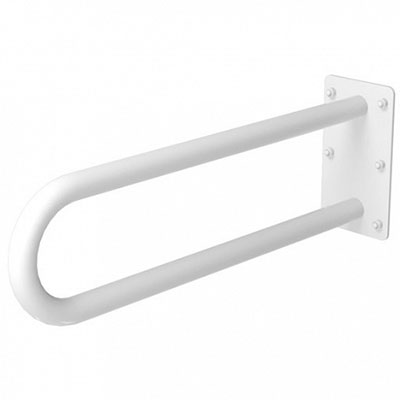 Standing fixed handles for the disabled are mainly mounted by the sink and toilet, less often by the shower, where there is no need for a tilting handle, but it is necessary to use floor-mounted handles instead of wall-mounted ones. Due to its mobility, the handle is mainly available in a length of 60 cm and a height of 70 or 80 cm.
Standing fixed handles for the disabled are mainly mounted by the sink and toilet, less often by the shower, where there is no need for a tilting handle, but it is necessary to use floor-mounted handles instead of wall-mounted ones. Due to its mobility, the handle is mainly available in a length of 60 cm and a height of 70 or 80 cm.
Sink handles for the disabled are mounted exclusively by the sink, where they will be most useful. They usually come in lengths of 55 and 60 cm. They are mounted on both sides of the sink, but are distinguished by left and right sides. The first picture below shows the left handle, and the next one the right handle.
Angled Handles
Angled handrails are characterized by bending the pipe in different directions, usually at an angle of 90o. They are mounted in different places, depending on the needs. We distinguish four main types of these handrails, and the following three come in left and right versions: bathtub-shower, wall-floor, angled for the toilet and shower; there is also an angled shower handrail that, due to its construction, only has one version. Bathroom angled handles significantly increase the safety of disabled people when using the bathroom; they help maintain balance and move independently.
Bathtub-shower handrails for the disabled are mounted either in the shower or by the bathtub. Due to their dimensions (usually 60 x 60 x 60 x 60 cm) and construction method, they are very useful during bathing for people with various degrees of disability. They come in left and right versions; the first picture below shows the right handle, and the next one the left.
Wall-floor handrails for the disabled should be mounted by the toilet, on both sides. These handles allow you to maintain balance or get on and off a wheelchair. They are usually 70 cm high, and the arm facing the wall is also 70 cm. We distinguish between left and right handles; the picture directly below shows the left handle, and the next one is the right handle.
Angled handrails for the toilet and shower are characterized by the fact that they can be used both by the toilet and in the shower. The most popular sizes are: 70 x 50 cm, 60 x 40 cm, and 80 x 40 cm. Angled handrails come in left and right versions. The picture below shows the left handle, and the next picture shows the right handle.
Angled shower handrails for the disabled should be mounted exclusively in the shower. They do not come in left and right versions, and their sizes are usually 70 x 70 cm. 
Tilting Mirrors
Tilting mirrors for the bathroom are an essential element of any bathroom for the disabled; they allow viewing in both standing and sitting positions, significantly improving the comfort of wheelchair or crutch users. They usually have a square shape measuring 60 x 60 cm and are typically mirrors in a metal frame.
Shower Chairs
Shower seats are mounted in the shower and are distinguished by seats with and without supports. They usually measure 40 x 40 cm. They allow the elderly or disabled to comfortably use the shower. Their important advantage is the ability to fold, allowing the same bathroom to be easily used by able-bodied people as well.
Shower Stools
Shower stools serve the same role as shower chairs, helping the elderly and disabled take a shower. They usually measure 340 x 360 x 420 mm (width/depth/height), but there can be larger or smaller ones.
Bathtub Seats
Bathtub seats help the elderly or disabled take a bath in the bathtub. They are usually not permanently mounted, which is an advantage when the same bathroom is used by able-bodied people; they can be moved along the bathtub as needed. The standard arm span on which the seat rests is 72 to 82 cm.
 Shower Curtain Rods
Shower Curtain Rods
The standard size of a shower tray for the disabled is 90 x 90 cm, providing more maneuvering space, and its characteristic feature is a low threshold, as disabled people may have difficulty entering a regular shower tray with high walls. Therefore, a shower curtain rod is used with such a shower tray, on which the shower curtain is hung.
In addition to the above-mentioned equipment, there are other bathroom accessories for the disabled. Very useful are, for example, toilet paper holders for handrails, which eliminate the need to mount the holder on the wall and are much more convenient. Another helpful product is a toilet brush for the disabled, which has a longer handle, making it easier to use. When arranging a toilet for the disabled, it is also worth considering such accessories as anti-slip mats for the shower, bathtub steps, or corner protectors for bathroom furniture.
All rights reserved. No part of the publication (text, graphics, images, photos, files, and other data) presented in the OLE.PL online store may be reproduced or distributed in any form and in any way without prior permission. All trademarks, graphic marks, proper names, and other data are protected by copyright and belong to their owners.
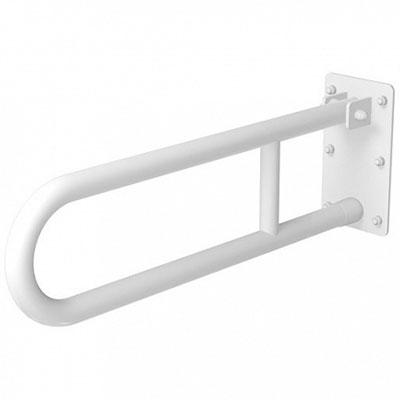

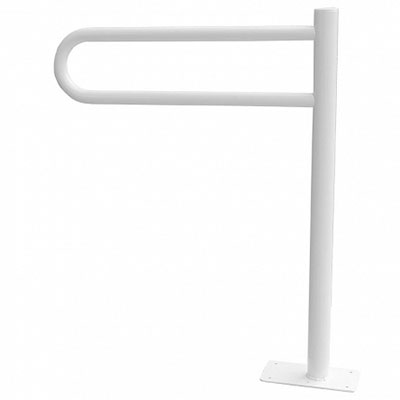
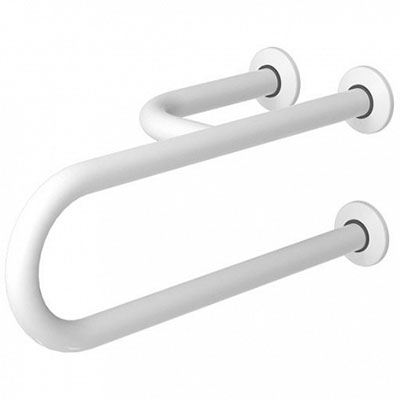
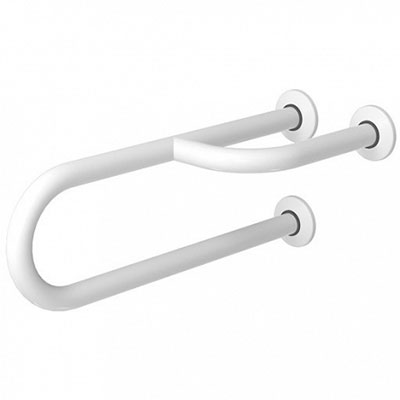


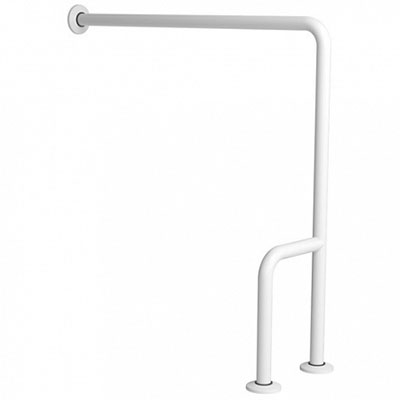








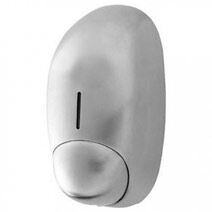

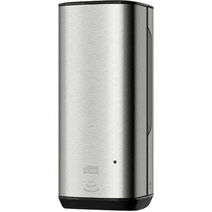
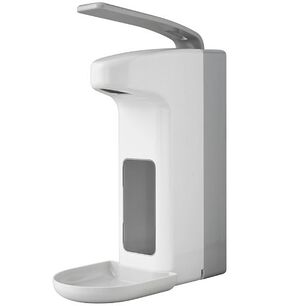

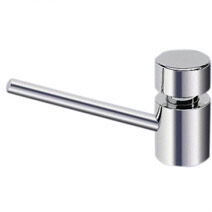


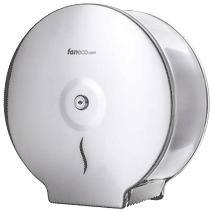

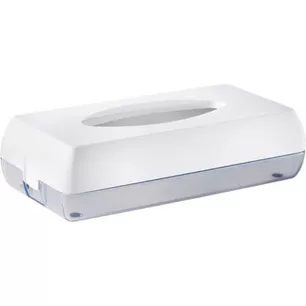
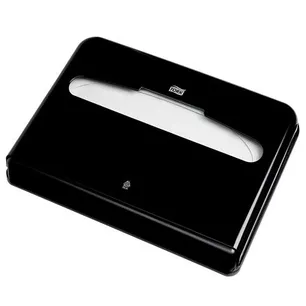
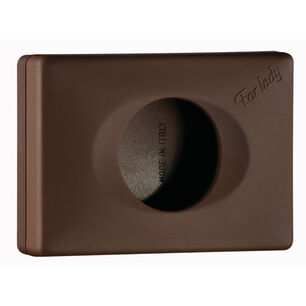
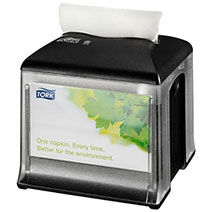

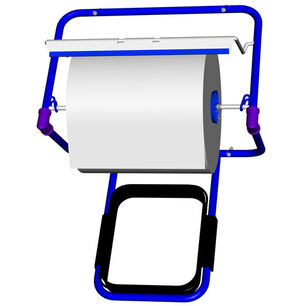
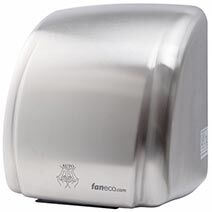
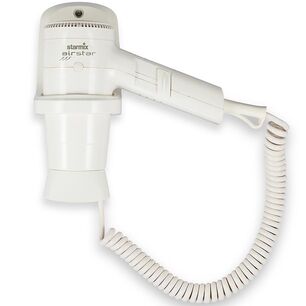
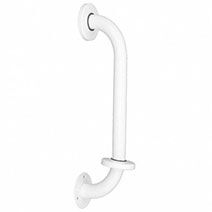
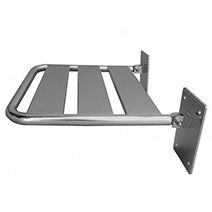
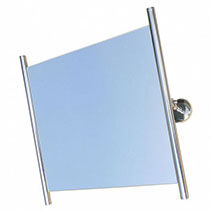
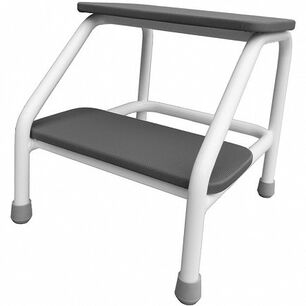
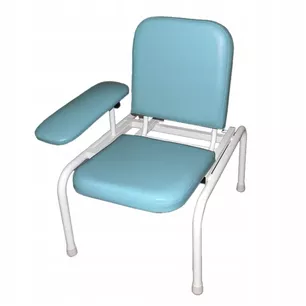




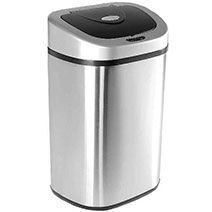
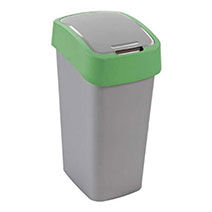
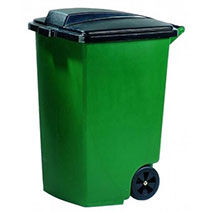




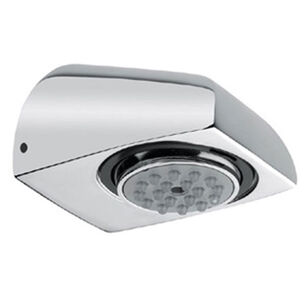
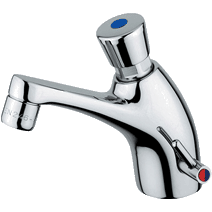
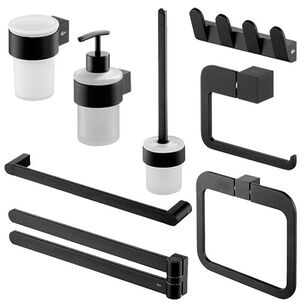
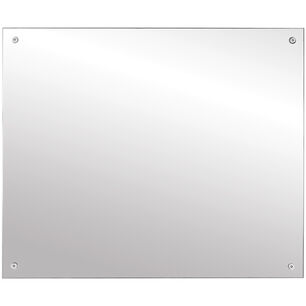
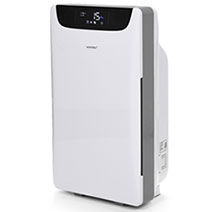


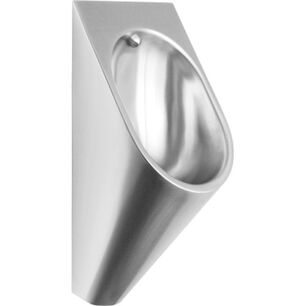
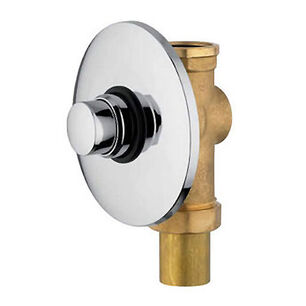
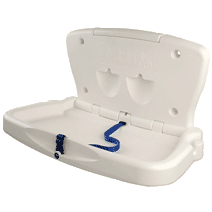
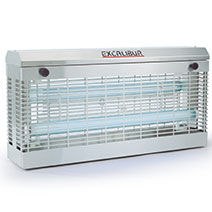

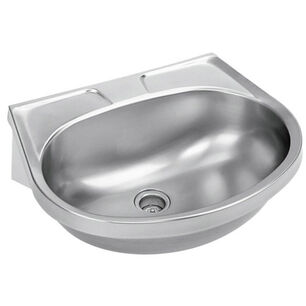
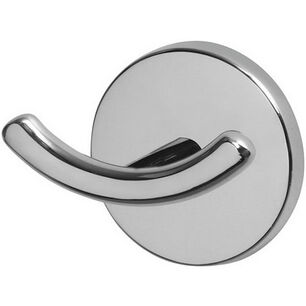
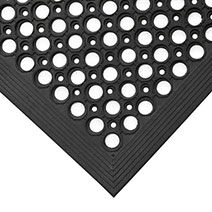
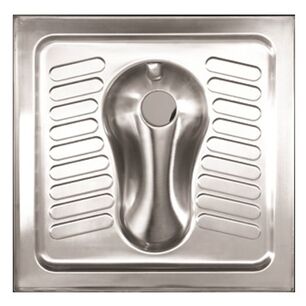
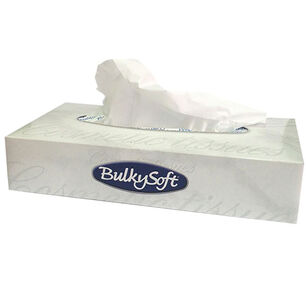
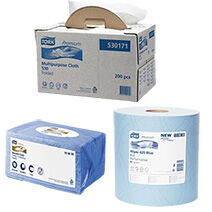



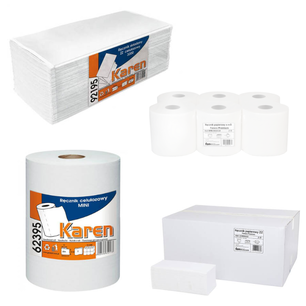
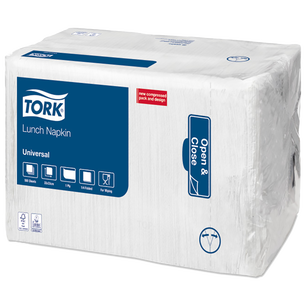
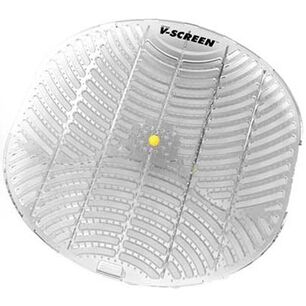
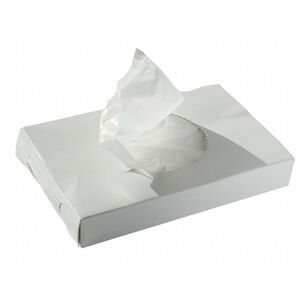
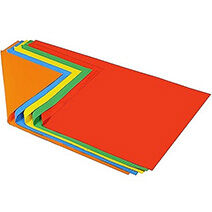
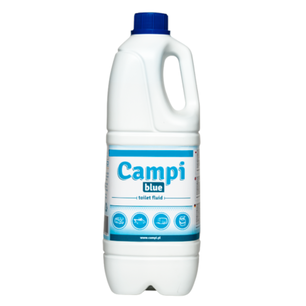
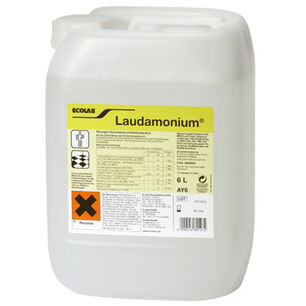
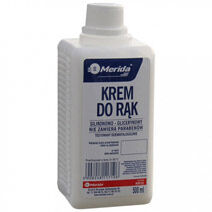
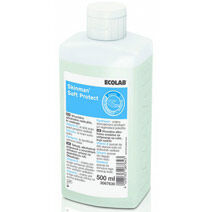
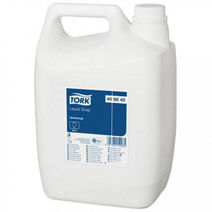
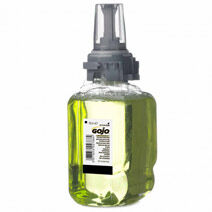

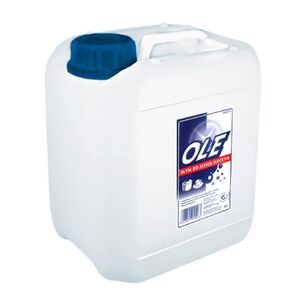

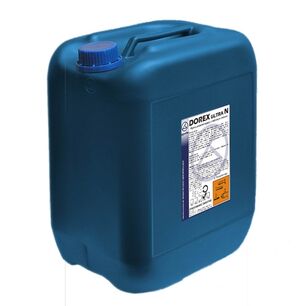
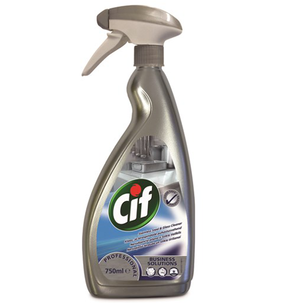
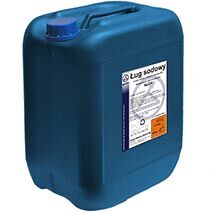

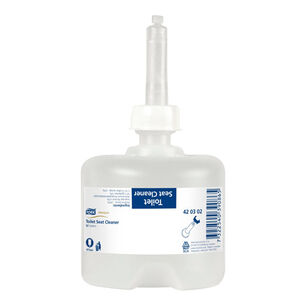
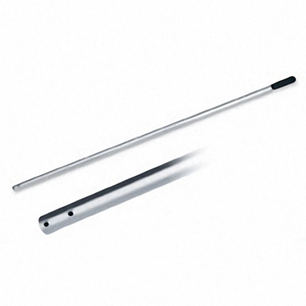
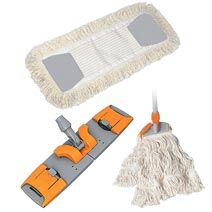

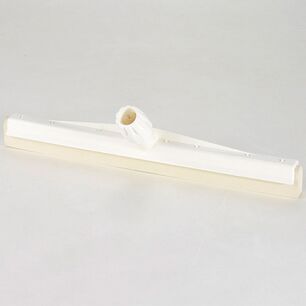

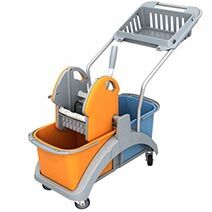


 Polski
Polski
 Czech
Czech
 German
German
 Spanish
Spanish
 Slovak
Slovak